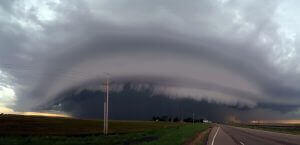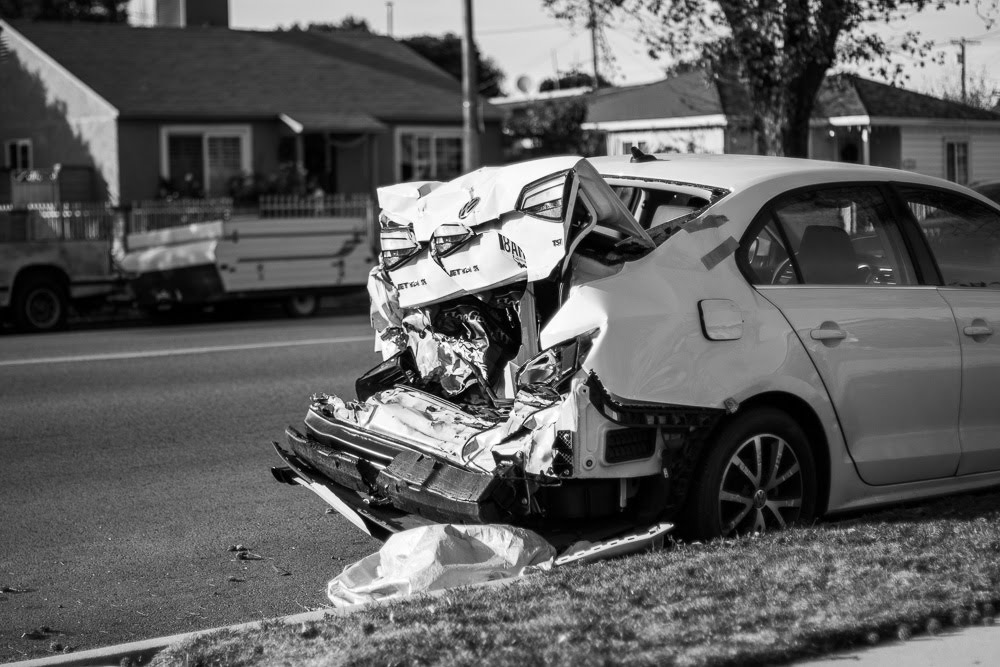AAA Kansas and the Kansas Highway Patrol are offering driver safety tips for avoiding auto accidents in severe weather.
The state declared March 5-9 “Severe Weather Awareness Week” in advance of the spring and summer travel season.
Our Kansas injury lawyers started the year by blogging about the risks of winter weather driving. But the reality is many weather conditions pose unique challenges when it comes to avoiding accident injury.
Safe-Driving Tips for Bad-Weather Driving in Kansas
Severe thunderstorms and tornadoes are among the fast-moving storm systems that can endanger motorists.
“The key is being prepared for severe weather and reacting the right way to what Mother Nature throws at you,” said AAA Kansas spokesperson Jennifer Haugh.
Your vehicle can either be a place of safe refuge or a place of danger, depending on the type of dangerous weather conditions you are facing, according to a report in the Sabetha Herald.
Dangerous Weather a Common Travel Risk in Kansas
- Heavy rain: Heavy rain can reduce visibility. Drivers should reduce speed and be prepared to pull over, out of travel lanes, and activate their hazard lights until conditions improve. Heavy rain is typical of faster-moving storms. Parking for 5-10 minutes while the brunt of a storm passes can be your best bet for staying safe. Do not stop in a travel lane as you risk being rear-ended.
- Flooding: Motorists should never drive into standing water. The Kansas Highway Patrol reports flooding causes more deaths than any other weather-related event. Many of those deaths occur while inside of a vehicle.
- Hail: Hailstorms typically only last about five minutes but can cause significant damage. Typically the size of a pea or marble, some hailstones can be as large as a softball. Hailstorms powerful enough to smash windows are a common risk in Kansas. Damage to your vehicle is covered by comprehensive auto insurance policies. Park and remain in your vehicle until a storm has passed unless covered parking is immediately available. Beneath highway overpasses can be a safer location. Move away from windows and cover your face and head to avoid injury from breaking glass.
- Lightning: Shelter in a hard-topped vehicle or low area away from trees and power lines.
- Tornadoes: Kansas is famous for its tornadoes. Sixty documented tornadoes were recorded last year. Tornado warnings mean a tornado has been spotted and danger is imminent. Move to the safest location possible. Motorists are advised to abandon their vehicle and seek safety inside a structure or nearby ditch.
Drivers should have their vehicles properly serviced in advance of the spring and summer travel season, including tires and windshield wipers. Kansas also requires motorists to use their headlights in weather conditions that require windshield wipers to be activated.
Packing an emergency kit in the trunk is also advisable. Such a kit could include non-perishable food as well as water, a battery-powered radio, cell phone, charger, flares or reflectors, rain coat, boots, towels and blankets.
When inclement weather strikes, you should do your best to drive safely. However, that doesn’t always mean others will do the same. Those dealing with a serious collision involving severe weather are best served by speaking to an experienced Kansas injury attorney as soon as possible. Carefully documenting weather conditions can have a meaningful impact on injury claims.





